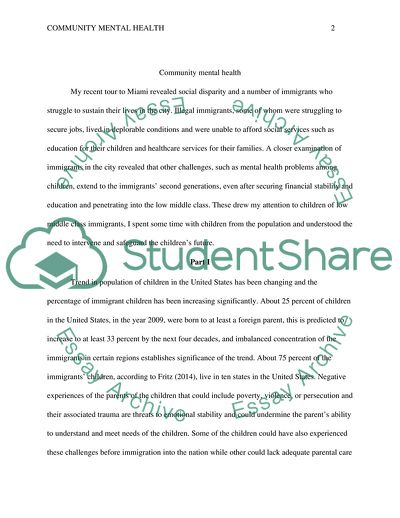Cite this document
(The Process of Identifying and Researching the Community Health Problem Case Study Example | Topics and Well Written Essays - 2500 words, n.d.)
The Process of Identifying and Researching the Community Health Problem Case Study Example | Topics and Well Written Essays - 2500 words. https://studentshare.org/health-sciences-medicine/1880709-community-mental-health
The Process of Identifying and Researching the Community Health Problem Case Study Example | Topics and Well Written Essays - 2500 words. https://studentshare.org/health-sciences-medicine/1880709-community-mental-health
(The Process of Identifying and Researching the Community Health Problem Case Study Example | Topics and Well Written Essays - 2500 Words)
The Process of Identifying and Researching the Community Health Problem Case Study Example | Topics and Well Written Essays - 2500 Words. https://studentshare.org/health-sciences-medicine/1880709-community-mental-health.
The Process of Identifying and Researching the Community Health Problem Case Study Example | Topics and Well Written Essays - 2500 Words. https://studentshare.org/health-sciences-medicine/1880709-community-mental-health.
“The Process of Identifying and Researching the Community Health Problem Case Study Example | Topics and Well Written Essays - 2500 Words”. https://studentshare.org/health-sciences-medicine/1880709-community-mental-health.


